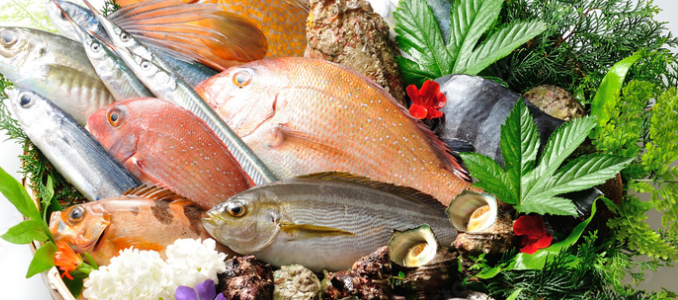
Successful Importing of Japan Seafood: From Customs to Quality Maintenance
【For those interested in Japan seafood import】
If you are considering Japan seafood import, and are looking for reliable wholesalers, exporters, suppliers, or trading companies, please feel free to contact us. Our team, well-versed in industry trends, will provide support to ensure a safe and successful import process. The following sections offer detailed steps and key points for a successful import. Don’t hesitate to reach out to us.
1. [Customs Procedures for Importing Japan Seafood: Essential Guidelines]

▼ Preparation of Customs Documents:
When importing Japanese seafood, accurate document preparation is essential. The key documents include the invoice, packing list, and certificate of origin. If these are not prepared correctly, delays or issues may arise at customs during the import process.
▼ Customs Inspections:
When importing Japanese seafood, customs may conduct both document inspections and physical inspections. Delays in inspections can cause shipping delays.
🔶The Strength of MUSUVI:
We quickly prepare all necessary customs documents and provide support in compliance with customs regulations. With our years of experience, we anticipate the possibility of inspections and prepare countermeasures in advance. This minimizes potential delays in the import process.
2. [Transportation and Storage for Importing Japanese Seafood]

▼ Quality Control During Transportation:
Proper temperature control is critical to maintaining the quality of Japanese seafood imports, especially for frozen and refrigerated products. Additionally, the transportation time from Japan can affect product quality, so speedy transportation is essential when importing fresh Japanese seafood.
🔶The Strength of MUSUVI:
We utilize the latest cold chain technology to ensure strict temperature control. Additionally, leveraging our domestic and international transportation networks, we deliver seafood via the fastest routes, optimizing the refrigeration process to maintain freshness during transit.
▼ Overview of Cold Chain Technology:
The cold chain is a system that maintains the appropriate temperature from the time seafood is caught until it reaches consumers. Temperature control is managed in the following stages

1. Immediate Cooling Post-Harvest: Seafood is cooled or frozen immediately after being caught, ensuring the initial freshness is preserved.
2. Storage in Cold Warehouses: Before transportation, the seafood is stored at the proper temperature in cold or refrigerated warehouses to maintain its quality.
3. Temperature Management in Transport Vehicles and Containers: Refrigerated trucks and frozen containers are used to ensure a constant temperature during transit.
4. Storage and Distribution After Delivery: Upon arrival, the seafood is stored and distributed at the correct temperature in local warehouses or retail stores, ensuring it reaches the consumer in optimal condition.
3. [Quality Control When Importing Japanese Seafood]

▼ Ensuring Freshness and Shelf Life:
Inadequate quality control during transportation can lead to a loss of freshness, diminishing the quality of the imported seafood. The shelf life of seafood can also vary depending on transportation and storage conditions. In particular, for long-distance shipments, shelf life can become a significant concern.
🔶The Strength of MUSUVI:
We implement a thorough quality control system, utilizing cold chain technology to preserve freshness during transit. Additionally, we design optimal transportation processes and manage shelf life appropriately, minimizing product loss and ensuring delivery in the freshest condition.
4. [Cost Management When Importing Japanese Seafood]

▼ Customs Duties and Shipping Costs:
The costs involved in importing Japanese seafood include customs duties and shipping expenses. Accurately calculating these costs and managing the budget is essential.
🔶The Strength of MUSUVI:
We provide clear, upfront estimates of the total costs, ensuring no unexpected expenses arise. Additionally, we suggest the most cost-efficient shipping methods, contributing to overall cost reduction.
【Conclusion】

When importing Japanese seafood, customs procedures, transportation, quality control, and cost management are crucial factors. At MUSUVI, we offer comprehensive support throughout these processes, ensuring the delivery of safe and fresh products. Our experienced staff leverages their expertise to streamline the import process and reduce costs. We are committed to providing prompt and attentive service to fully support the success of your business. If you are looking for a reliable partner in Japan seafood import, whether a wholesaler, exporter, supplier, or trading company, please feel free to contact us for more information or assistance.
There are many other attractive products!
Product information and delivery methods can be found at[FAQ]!
Click [CONTACT US] for more information!